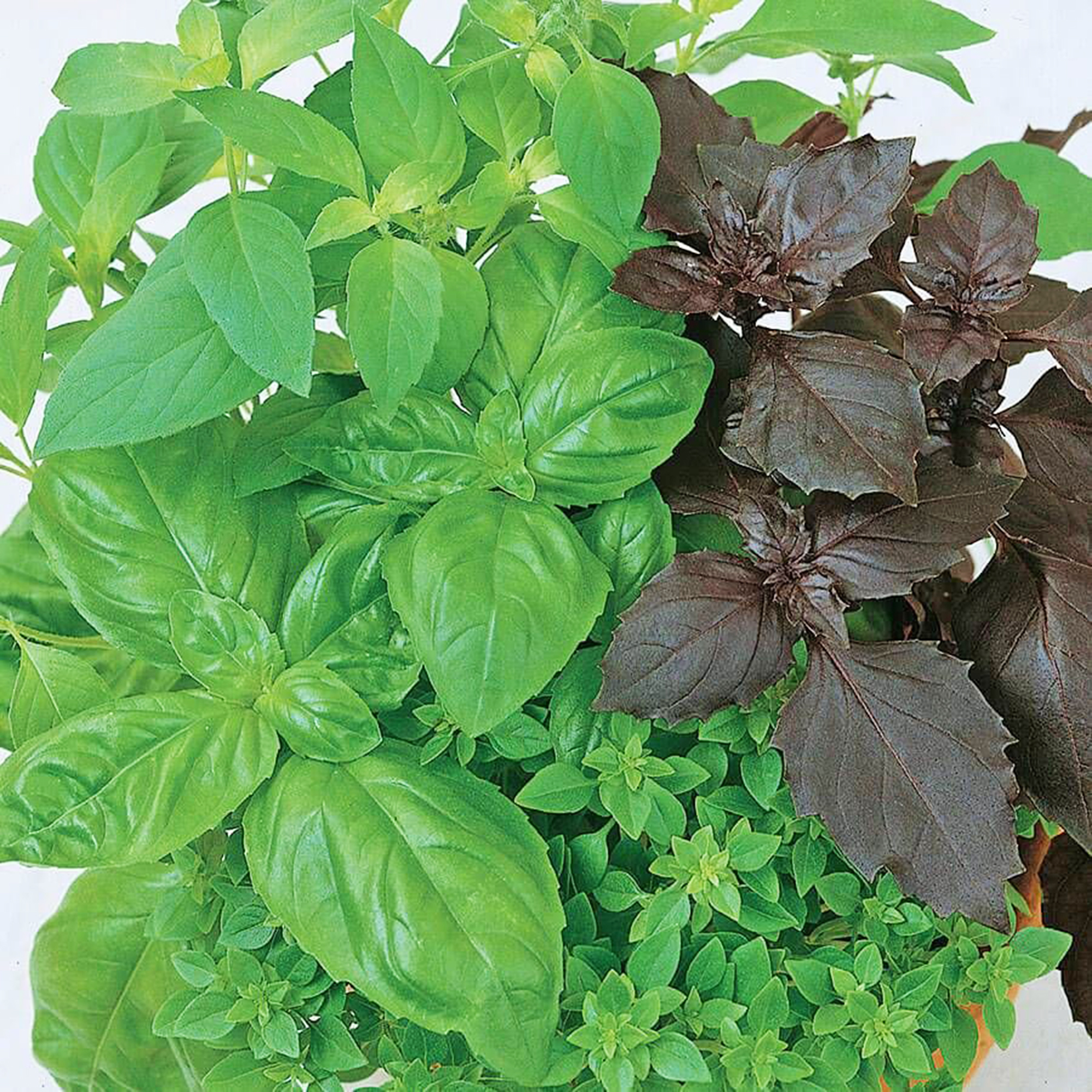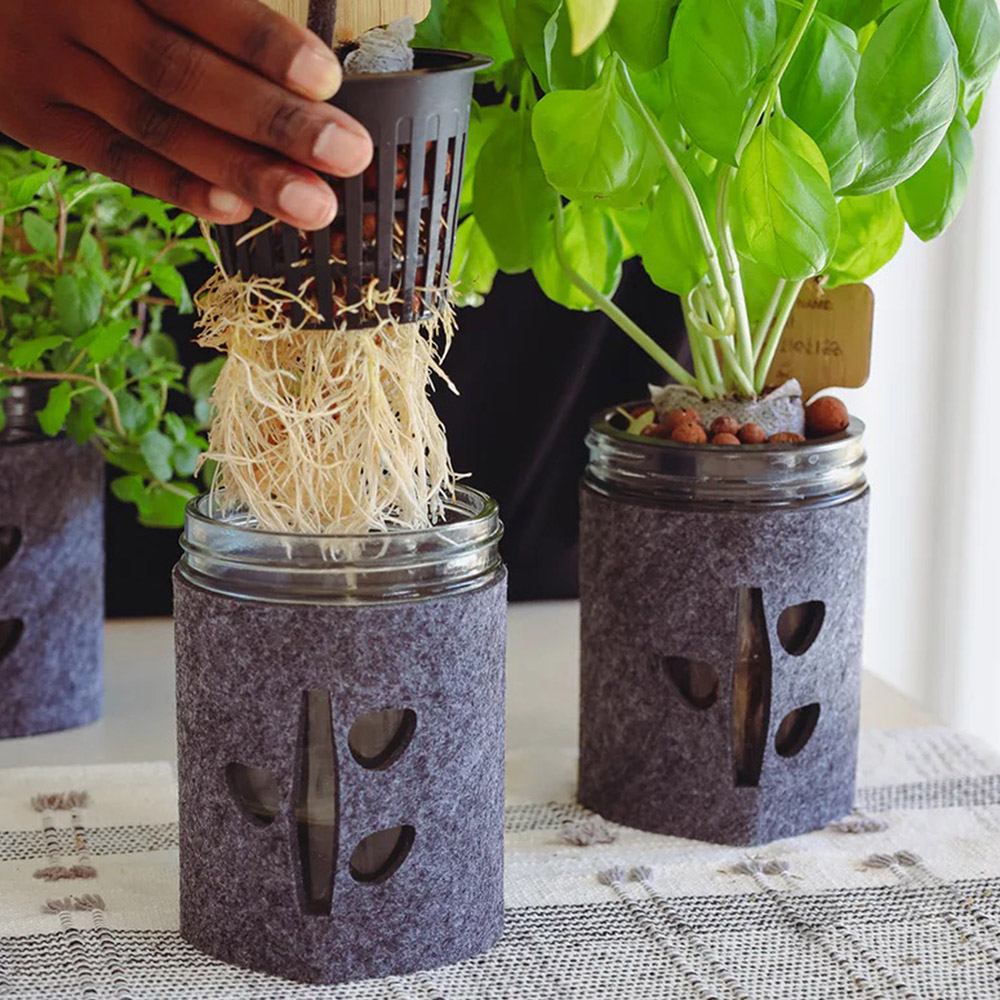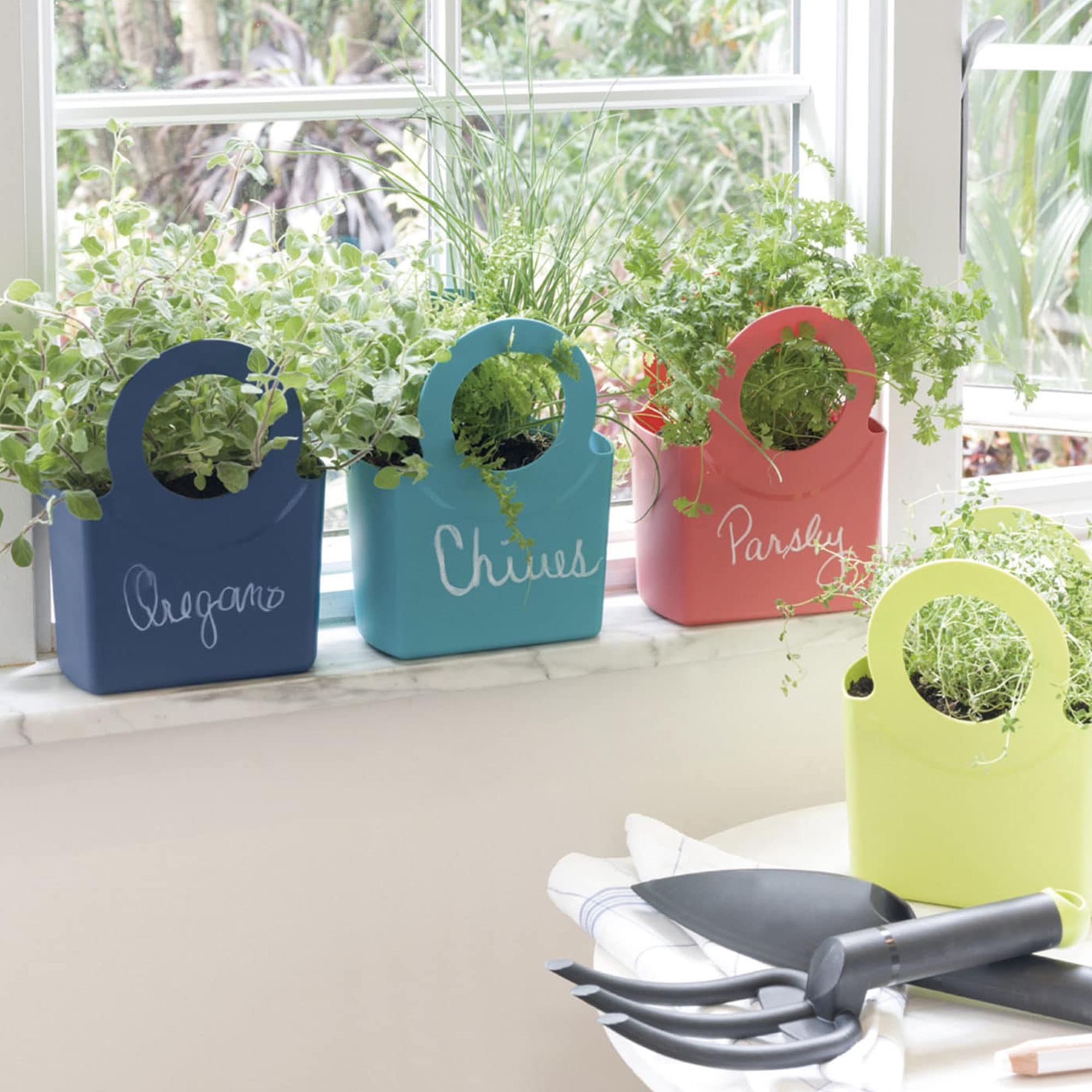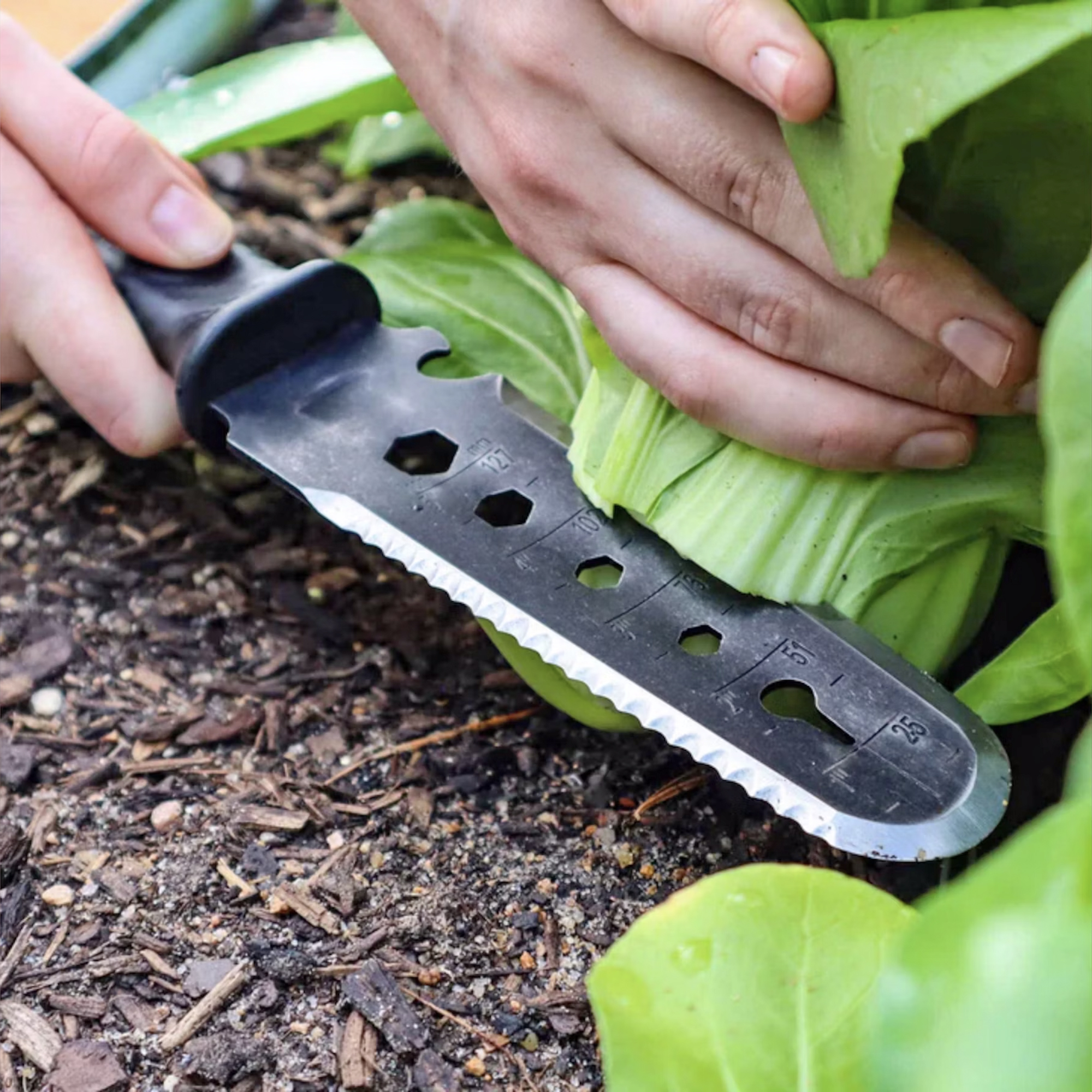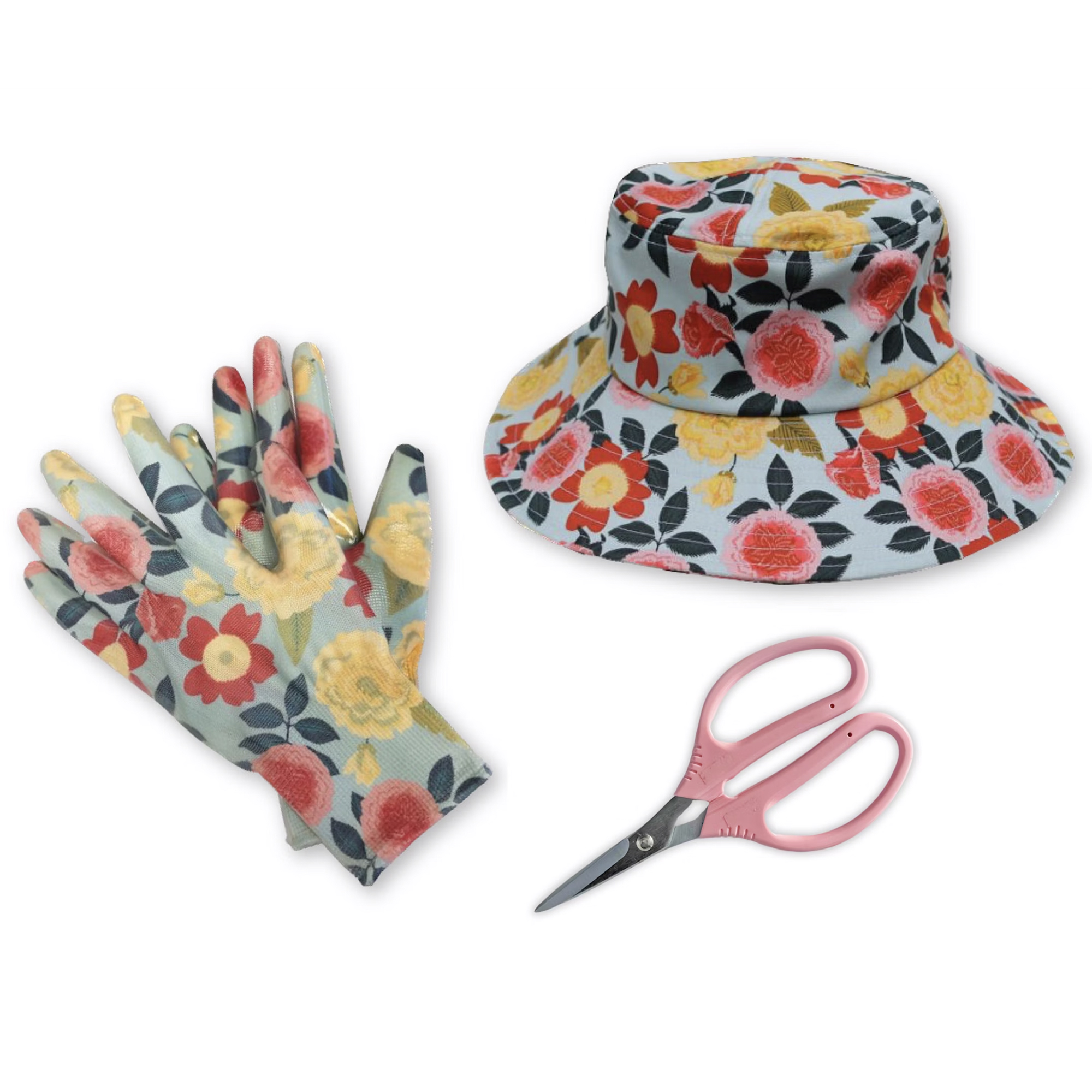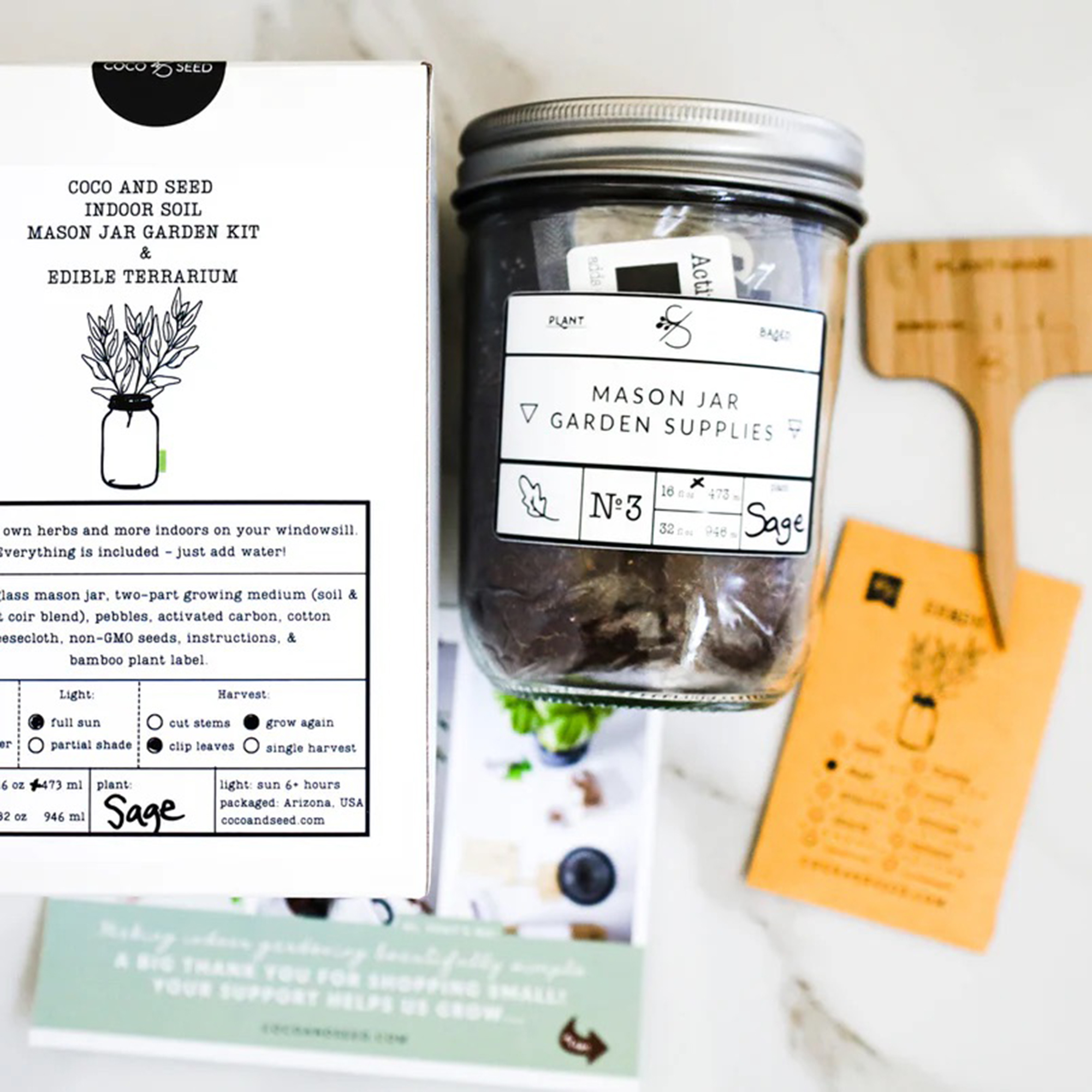Keep Grocery Store Herbs Thriving Indoors For Months With These 3 Simple Tips
Enjoy fresh, aromatic harvests year-round by turning store-bought herbs into long-lasting indoor plants.
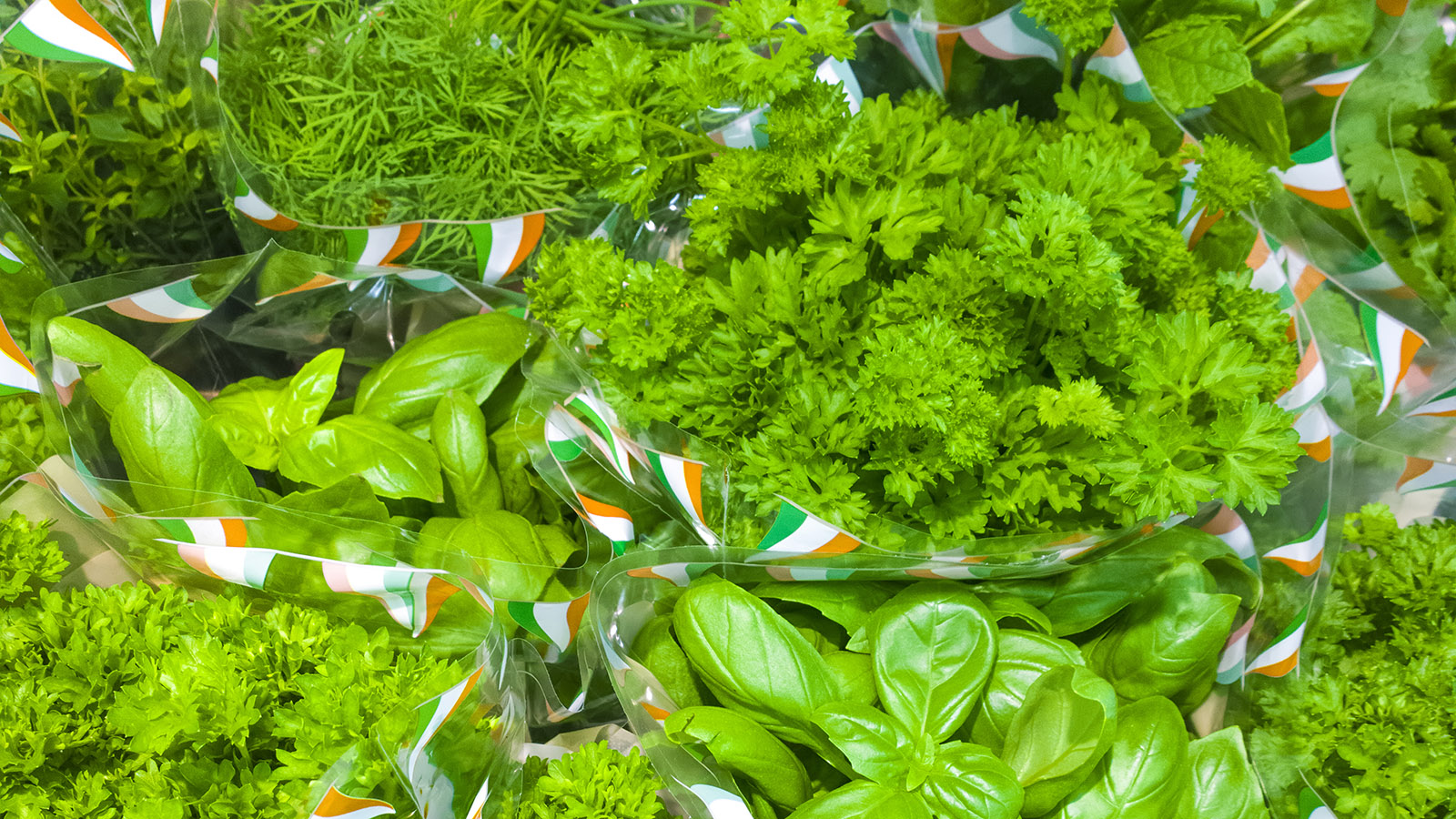

Fresh herbs at the supermarket come in two forms: cut herbs you need to use quickly and potted plants that you probably hope you can keep going for a while. The potted herbs in the store are tempting to buy. After all, who doesn’t want a continuous supply of basil or parsley on their kitchen windowsill?
Unfortunately, these potted plants often don’t thrive for very long. They were grown to produce quick, lush leaves but not to last for the long term. You can beat the odds, though, with the right care.
These simple tips will help you to keep potted grocery store herbs happy and enable you to grow a herb garden indoors in your kitchen. And, if you have bought cut herbs, all is not lost, as you can root grocery store herbs from cuttings.
Which Herbs Are Best for Growing Indoors?
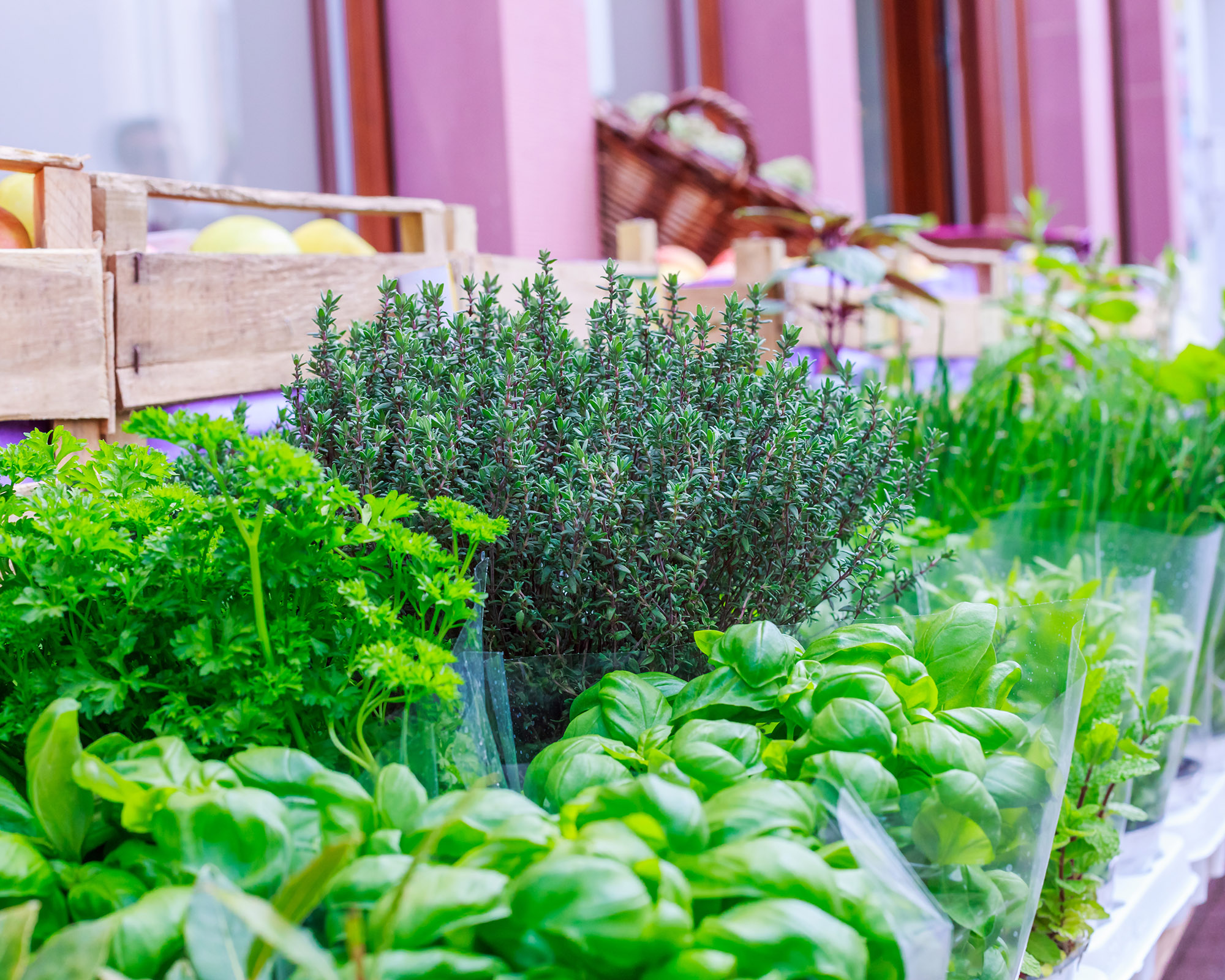
Bear in mind that supermarket herbs in pots are not always of the highest quality. A better way to start a countertop herb garden is to grow herbs from seeds or to buy small transplants from a nursery.
However, if your best option is to use potted grocery store herbs, make sure you choose the best-looking plants. Healthier herb plants should look green and robust. Avoid those with wilted or browning leaves that are very leggy or overgrown. Inspect the plant thoroughly, looking for any signs of pests or disease, including mold or spots on leaves.
The best grocery store herbs to grow indoors include:
1. Repot Immediately with Quality Potting Soil

This is the most important thing you can do to support your new herbs. Grocery store plants are usually crowded into small containers with low-quality soil or potting mix. The container may not even have drainage holes. Repot your plants as soon as possible to help them begin to recover from less-than-ideal conditions.
Sign up for the Gardening Know How newsletter today and receive a free copy of our e-book "How to Grow Delicious Tomatoes".
It’s important to separate the plants into smaller plants when repotting. If there is more than one type of herb in the container, separate them.
Overcrowding is common and forces the plants to compete for resources. It also increases the risk of disease and mold developing on the leaves and stems that are bunched together with little airflow and trapped moisture.
The containers from the store might be ok to reuse. Just be sure they have drainage holes and clean them well. You’ll also need some new pots to separate out crowded plants. They don’t have to be very big, but they should give the roots room to spread out a little, and they must have drainage.
The quality of the potting mix is essential for making your new plants happy and healthy. Any high-quality general potting mix from your local nursery or garden center will work. A good potting mix contains nutrients and a material to improve drainage, like perlite. You can also make your own DIY potting mix using lower-quality soil blended with compost and perlite.
2. Boost Light Levels
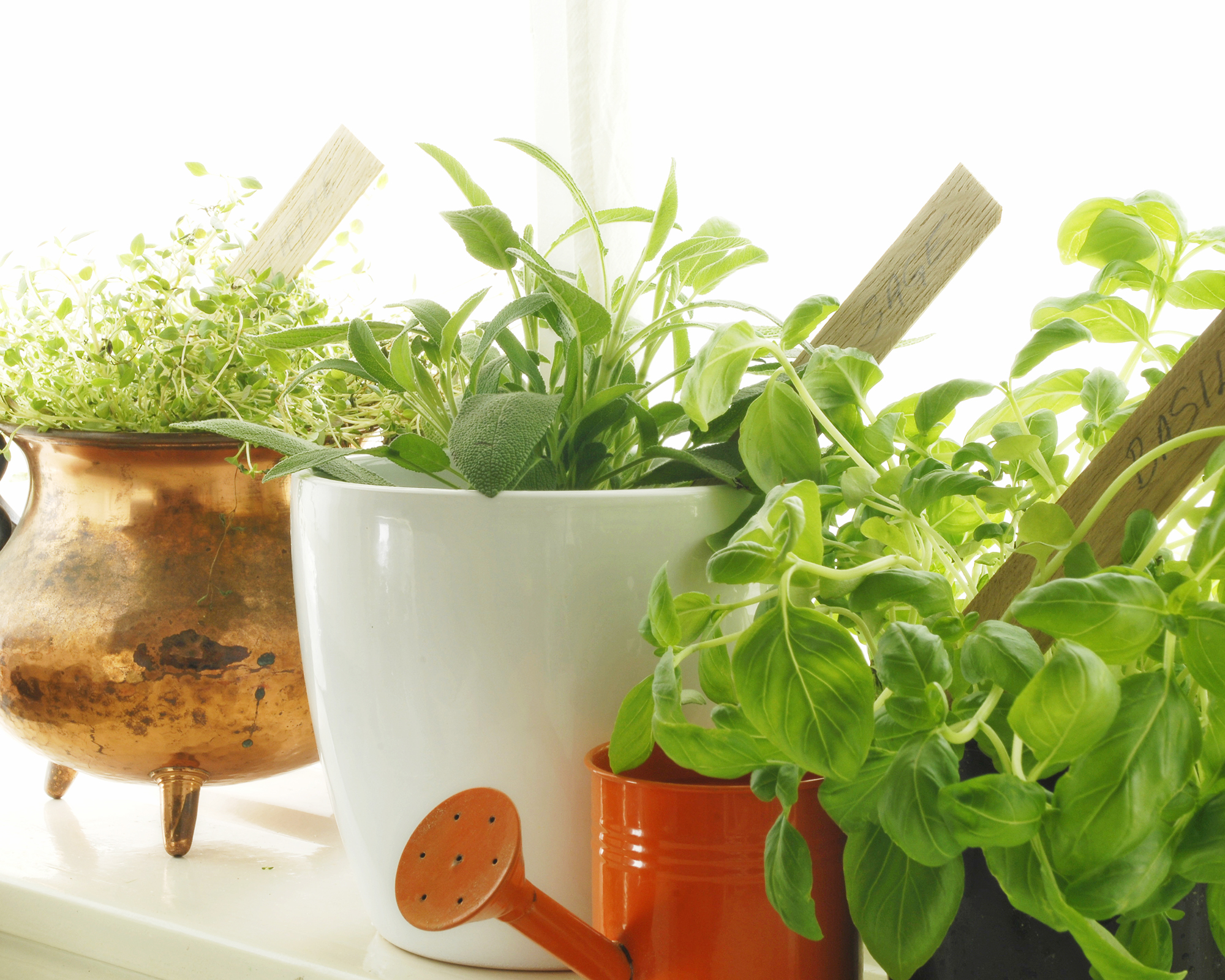
Most herbs grow best in full sun and in warm conditions. You might want to keep them in the kitchen, but it’s better to prioritize their needs. Find a window with plenty of direct light. If conditions are not bright enough, then use an LED grow light to give plants a boost.
The spot should also be warm, if possible. Keep the herbs away from cold drafts and blowing air from vents, which can be drying. If the air is particularly dry, you can raise humidity by positioning herbs near a humidifier or placing the pots on top of pebble trays filled with water.
As well as providing enough light and warmth, you will need to water herbs regularly. Underwatering and overwatering are often the sources of problems with houseplants of all types.
Stick your finger in the soil every couple of days and water the plants whenever the top inch (2.5cm) feels dry. Make sure the water is draining out each time and not pooling around the roots.
3. Harvest Correctly to Keep Herbs Producing
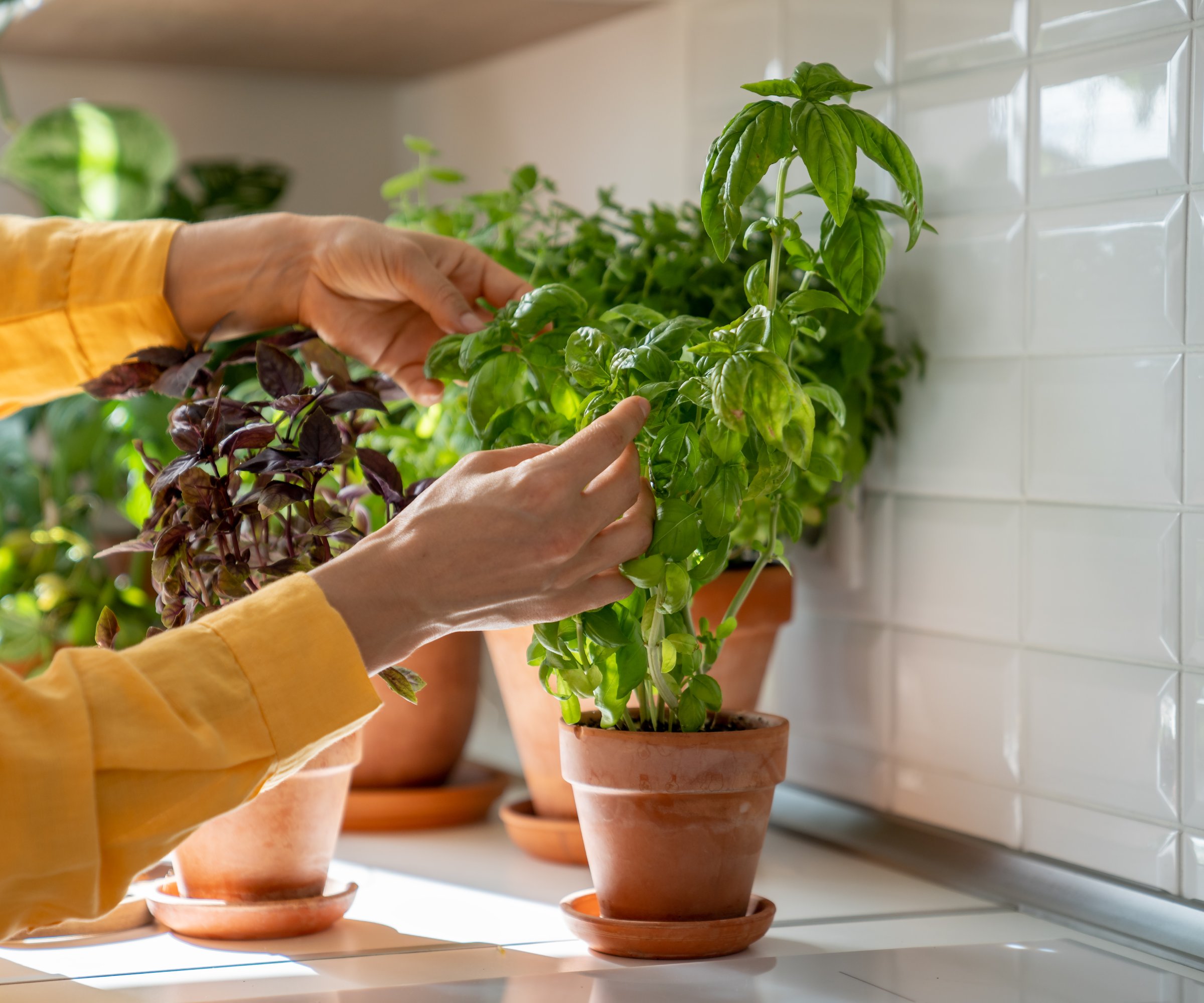
With everything else in place, you’re ready to enjoy your herbs but don’t overdo it. Overharvesting an herb plant will ultimately kill it, so be prudent. Harvest herbs regularly to keep the plants trimmed and happy, but don’t take too much at once. Here are some tips for specific herbs:
- Basil and Mint. Remove the tips of stems by pinching off just above a node. New leaves will sprout laterally from this point, leading to a denser, bushier plant that you can keep harvesting.
- Chives, Cilantro, and Parsley. Cut these herbs right down to the base of a stem.
- Lavender and Rosemary. Cut off stems near the base, where it branches from a larger stem.
- Oregano, Tarragon, and Thyme. Remove stems as needed, but leave five to six inches (13 to 15cm) of growth in the pot.
If you follow these simple steps, potted herbs that didn’t get the best start in life should thrive and give you multiple harvests.
Herb Garden Essentials
Browse a handpicked selection of accessories and kits to enhance your indoor herb garden – all available from trusted brands in the Gardening Know How Shop.
This article features products available from third party vendors on the Gardening Know How Shop.

Mary Ellen Ellis has been gardening for over 20 years. With degrees in Chemistry and Biology, Mary Ellen's specialties are flowers, native plants, and herbs.
